Objective and scope
United Nations Environment Assembly Resolution 5/14, End Plastic Pollution: Towards an International Legally Binding Instrument, champions the goal of ending plastic pollution, including through ‘sustainable production and consumption of plastics’ (Resolution 5/14, paragraph 3b). The prospective introduction of an international, legally binding instrument on ending plastic pollution presents UN member states with a unique opportunity to scale the level of international action, coordination and collaboration needed to move towards this goal.
The paper Potential options for elements towards an international legally binding instrument – by the Intergovernmental Negotiating Committee (INC) ahead of INC-2 – presents diverse options for debate among negotiators.
The Options Paper (UNEP/PP/INC.2/4) was developed by the United Nations Environment Programme at the request of UN member states, using state and stakeholder submissions as a basis.
Mismanaged plastics, in the context of this report, refers to any macro-plastic or microplastic volume that does not end recycled or disposed of in a controlled manner. It would include those in unsanitary landfills / dumpsites, burned in open pits, or released into land or water environments.
This report aims to provide a starting point for policy interventions to minimise impacts from plastic pollution
In this report, these 15 policy interventions are assumed to be adopted in all jurisdictions, with each policy calibrated for different local contexts. While these policies would be enacted at a national level, the report assumes that this level of global adoption would be achievable only under a set of common global rules set out in an international, legally binding instrument on ending plastic pollution. Without common global rules and harmonised action, coordination and collaboration, the plastics policy landscape would likely remain fragmented, the adoption of far-reaching policies limited and the system’s ability to deal with complex international plastic value chains insufficient.
The scope of this report in relation to the broader issue of plastic pollution:
The scope of this report in relation to the broader issue of plastic pollution:
According to the Organisation for Economic Co-operation and Development (OECD), ‘plastic pollution’ encompasses ‘all emissions and risks resulting from plastics production, use, waste management and leakage’.
Organisation for Economic Cooperation and Development (OECD). (2022). Global Plastics Outlook: Economic Drivers, Environmental Impacts and Policy Options.
The scope of this report is centred on the results of a modelling exercise that estimates the impact on plastic stocks and flows, GHG emissions, costs and employment of implementing 15 far-reaching policy interventions across all geographies. The report presents these policy interventions and their estimated effects, with a focus on minimising the impact of mismanaged plastics and plastic releases into air, land and water environments. Although not all elements of plastic pollution could be quantified in the model, aspects such as hazards to human health and biodiversity, and the impact on the informal sector, are presented qualitatively to provide relevant context to the reader when necessary.
The findings presented in this report should thus be complemented by further sources of insight on these additional aspects of plastic pollution. Put simply, this report aims to provide a starting point for policy interventions and their required scope, while recognising that further changes to the plastic system are needed to fully address all aspects of plastic pollution.
The model presents two alternative scenarios of how the plastic system could evolve by 2040:
- The Business-as-Usual Scenario shows the impact on plastic stocks and flows, virgin plastic production, mismanaged plastics, GHG emissions, financial costs and employment of continuing on the current trajectory of plastic consumption and waste management.
- The Global Rules Scenario assumes that common global rules set out in the international, legally binding instrument would trigger far-reaching policy interventions across the plastic lifecycle, adopted across all geographies. The Global Rules Scenario should not be understood as the only policy package that could achieve these outcomes, but rather as a modelling of a set of far-reaching policies to showcase the level of reach needed to make a significant impact.
The model underlying this report covers all geographies and all main economic sectors and plastic applications, including packaging, household and consumer goods, textiles, fishing and aquaculture, agriculture, construction, transportation and electronics. The model acknowledges the different local contexts in diverse parts of the world by conducting the analysis across eight geographic regions: 1) Europe, including Türkiye; 2) the USA and Canada; 3) Japan, the Republic of Korea, New Zealand and Australia; 4) Central and South America and the Caribbean; 5) China; 6) South/Southeast Asia and Eurasia (excluding countries in other groups); 7) India; and 8) Africa and the Middle East. The analysis also includes primary microplastics from paints, tyre abrasion, textiles, pellets and personal care products.
The model underlying this study has important limitations:
- The model is not designed to estimate hazards and impacts of plastic on human health and biodiversity. This is because these hazards can depend on factors such as the level and frequency of exposure to specific substances or toxins, or intrinsic properties of a chemical, and do not have a linear relationship to plastic stocks and flows, which is the focus of the model.
- The model does not include global production caps, moratoriums or quotas. Incorporating these into the model would have necessitated highly uncertain assumptions – for example, on how quotas would be allocated to producers or which markets would have to limit consumption once production was capped. Instead, the Global Rules Scenario includes targets for virgin plastic reduction, which could be achieved through different mechanisms, including production caps and virgin plastic fees applied to local producers. The Global Rules Scenario results in a reduction of virgin plastic production that could serve as ranges if global caps were to be implemented, as these policies are not exclusive to the policy interventions outlined in this report.
- The Global Rules Scenario would not achieve net-zero GHG emissions or alignment with the Paris Climate Agreement. While the model estimates the GHG emissions from both scenarios, it does not include additional levers such as further reducing virgin production, decarbonising energy sources, switching feedstock or capturing end-of-life emissions.
- The model does not feature the remediation of legacy plastics already in the environment, covering this qualitatively instead.
The model draws from available sources and past modelling exercises but also differs from previous models as explained in Box 1 below. The analysis and figures in this report are estimates and approximations for the purpose of the modelling exercise, and are not statistical reporting. Therefore, the figures in this analysis reflect directional model outputs, not precise measurements, and should be interpreted as such. Despite these limitations, the model results are informative of the extent of the problem and the general level of reach that will be required to meaningfully reduce mismanaged plastics.
Box 1:
How this model differs from previous models?
Previous reports featuring modelling results:
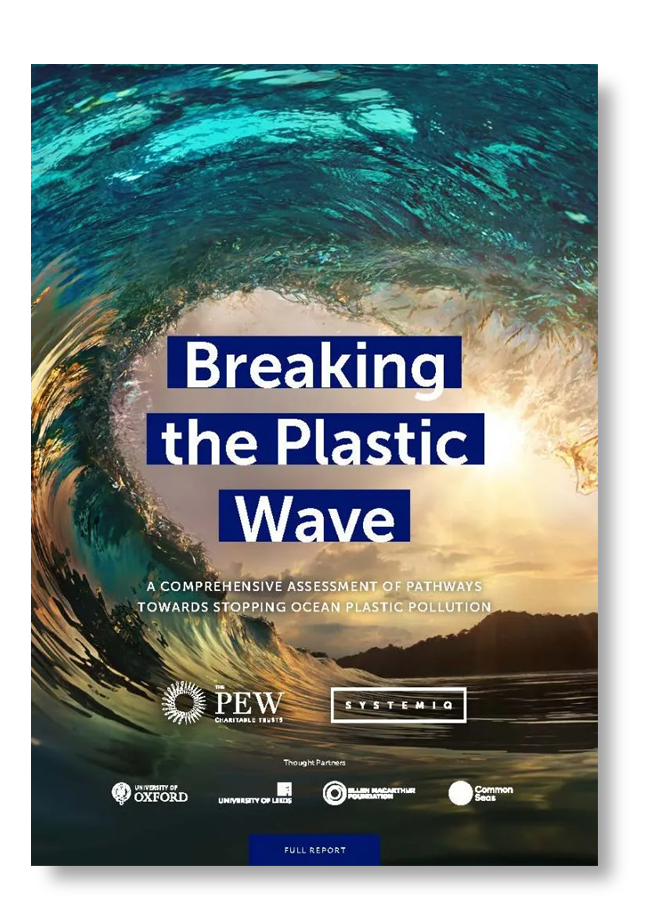
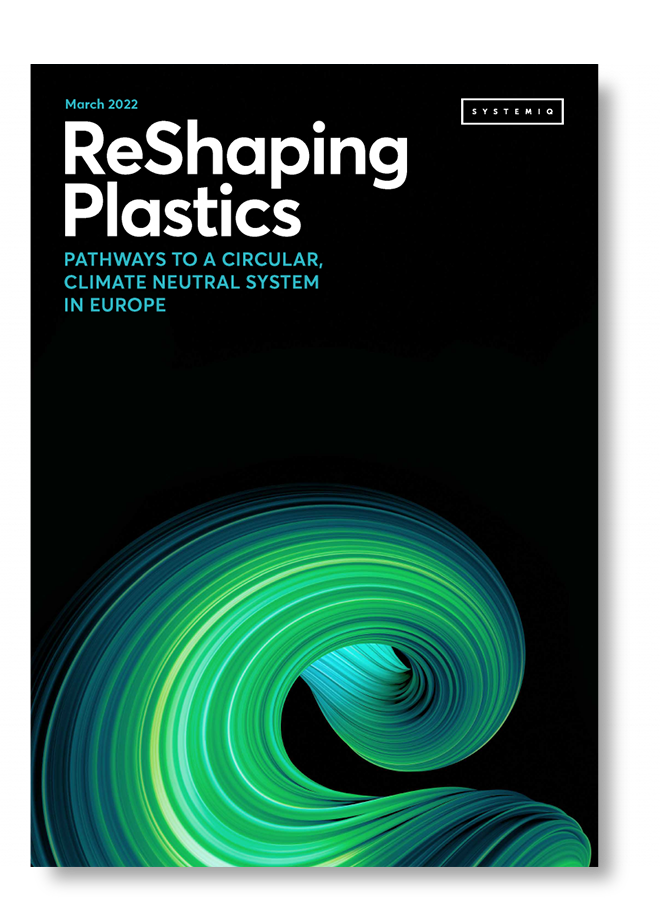
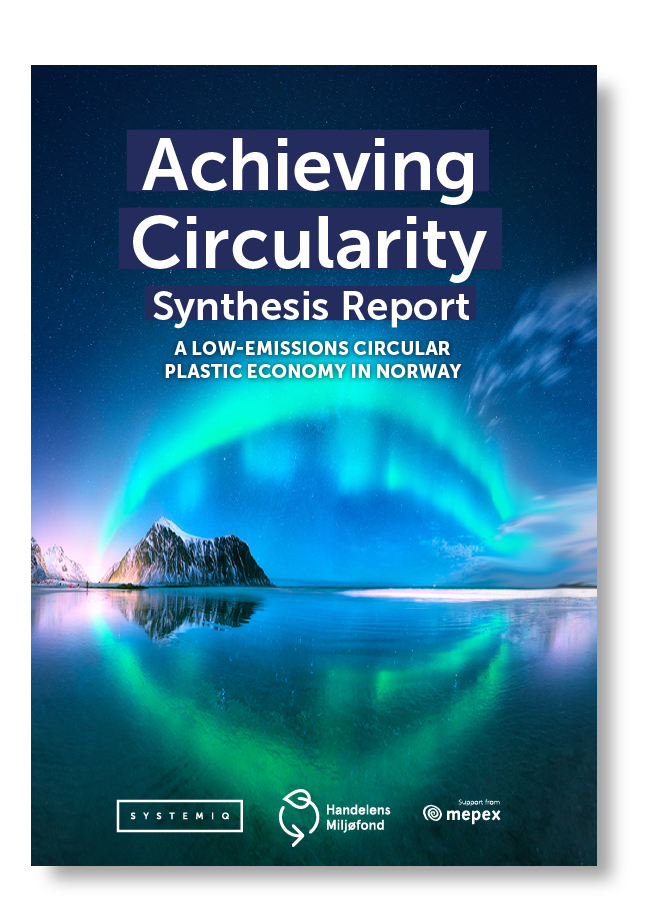
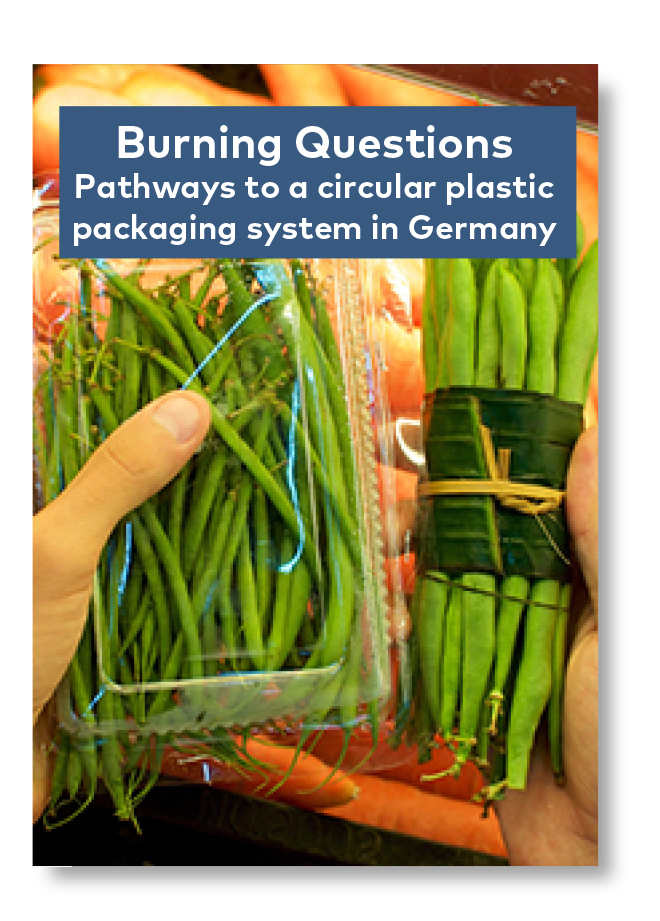
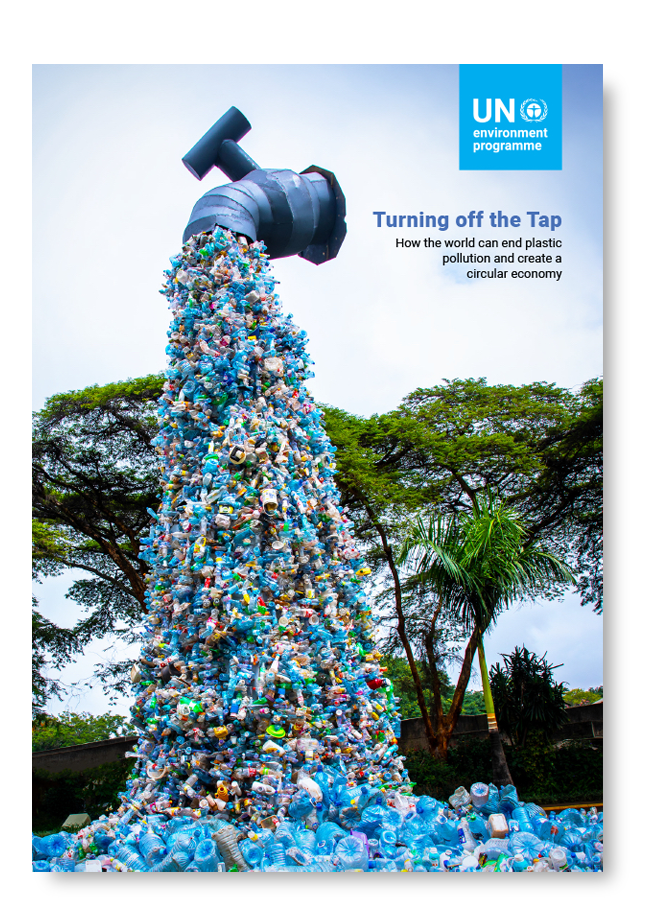
A new model was developed for the analytics in this report. The model builds on previous stock and flow models presented in Breaking the Plastic Wave
The Pew Charitable Trusts and Systemiq. (2020). Breaking the Plastic Wave: A Comprehensive Assessment of Pathways Towards Stopping Ocean Plastic Pollution.
Systemiq. (2022). ReShaping Plastics: Pathways to a Circular, Climate Neutral Plastics System in Europe.
Systemiq, Handelens Miljøfond, and Mepex. (2023). Achieving Circularity – Synthesis Report – a low-emissions circular plastic economy in Norway.
- a new policy layer that links the impact of specific policies to plastic stocks and flows across the system, estimating the environmental, economic and employment impacts of different policies (eg, modulated extended producer responsibility, mandated reuse targets, product bans);
- an expanded sectoral and geographical scope, while maintaining granularity. Unlike previous analysis, which focused mainly on packaging, this model covers all main economic sectors in which plastic is used; and it differentiates both between geographical regions and, where relevant, between rural and urban areas. The analysis on microplastics adds releases from paints in addition to tyre abrasion, pellets, synthetic textiles and personal care products, which were estimated previously.
Data availability for plastic stocks and flows is fragmented and limited. The analytics included in this modelling exercise draw from available sources and, when no data was available, assumptions were made in collaboration with experts in each specific topic. The Technical Annex to this report explains the methodology, approach and underlying assumptions.